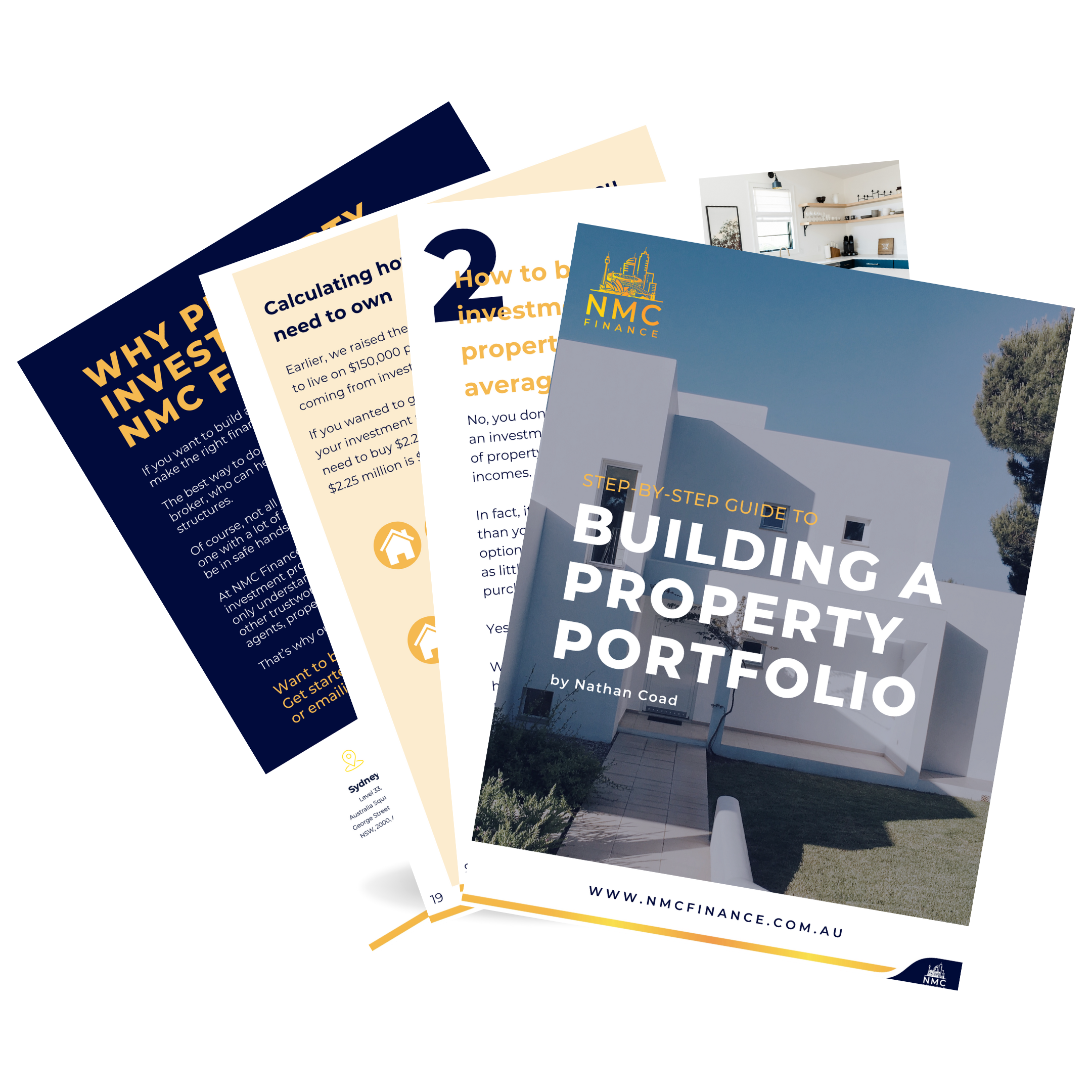Ever scrolled past a stunning home renovation on Instagram and wondered, “How are they affording that?” You’re not alone.
With cost-of-living pressures hitting hard across Australia, it can feel impossible to find the extra cash for anything beyond the basics – let alone a full-blown kitchen upgrade or bathroom overhaul.
But behind those beautiful “after” shots are smart financial strategies (and sometimes a bit of creative compromise) that make renovations possible even in tough times.
Why Renovate?
Beyond the satisfaction of a fresh, modern space, renovations can significantly increase the value of your home.
A well-executed kitchen or bathroom upgrade, improved street appeal, or a second living area can boost your home’s resale value and attract more buyers if you decide to sell.
Even if you’re staying put, thoughtful upgrades can improve your day-to-day comfort and reduce maintenance issues in the long run.
Renovating isn’t just about aesthetics—it’s an investment in your property’s future.
Tapping into equity: What is it, and how does it work?
For many homeowners, the key to unlocking renovation funds lies in their home equity.
Equity is the difference between the value of your property and what you owe on your mortgage.
If your home has increased in value since purchase, or you’ve been paying down your loan, you may have equity you can borrow against.
You can access this equity by refinancing your mortgage or applying for a home loan top-up. A broker can help you compare lenders and ensure you’re getting a competitive rate while borrowing what you need for your renovation.
Pros:
- Usually, it offers the lowest interest rates compared to other types of loans.
- Repayments are spread over the life of your loan.
- May consolidate reno costs into one manageable mortgage.
Things to consider:
- Your monthly repayments may increase.
- You’ll be in debt longer unless you make extra repayments.
- Lenders may require a new property valuation and application process.
Personal loans and renovation loans
If accessing equity isn’t an option, you might consider a personal loan or renovation-specific loan. These can be secured (backed by your property or another asset) or unsecured.
Pros:
- Faster approval process.
- Fixed repayment term makes budgeting easier.
- Great for smaller-scale renovations under $50,000.
Things to consider:
- Interest rates are usually higher than home loans.
- Shorter terms mean higher monthly repayments.
- Total cost can be higher if not repaid quickly.
Staggered renovations
Big transformations don’t have to happen all at once. Many renovators plan their upgrades in stages – tackling the kitchen one year, the bathroom the next.
This allows you to budget more realistically and possibly fund smaller stages with savings, smaller loans, or credit buffers.
Smaller boosts: Grants, rebates, & (careful) credit cards
Some state and local governments offer energy efficiency rebates, sustainability incentives, or minor works grants. These might not cover a full reno but can help offset certain costs like insulation, solar, or water-saving appliances.
And yes, credit cards can be used for small renovation purchases—think tapware, fittings, or paint—especially if you have a low-rate card or can pay it off quickly. But beware: high interest and overspending can quickly derail your budget.
Renovations might look glamorous on social media, but the financial planning behind them is anything but impulsive.
With a little creativity, smart loan choices, and the right guidance, you can make your renovation dreams a reality without breaking the bank.
If you’re unsure what options you have, speaking to a broker can help you explore the best route for your situation.
*This blog is intended for general informational purposes only. For personalised advice tailored to your unique financial situation, please contact NMC Finance.

